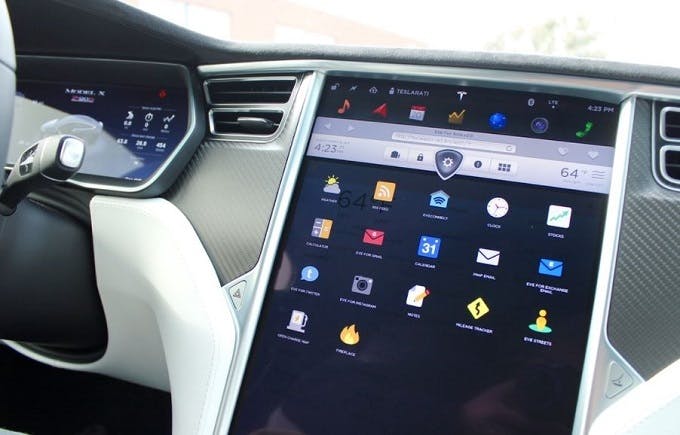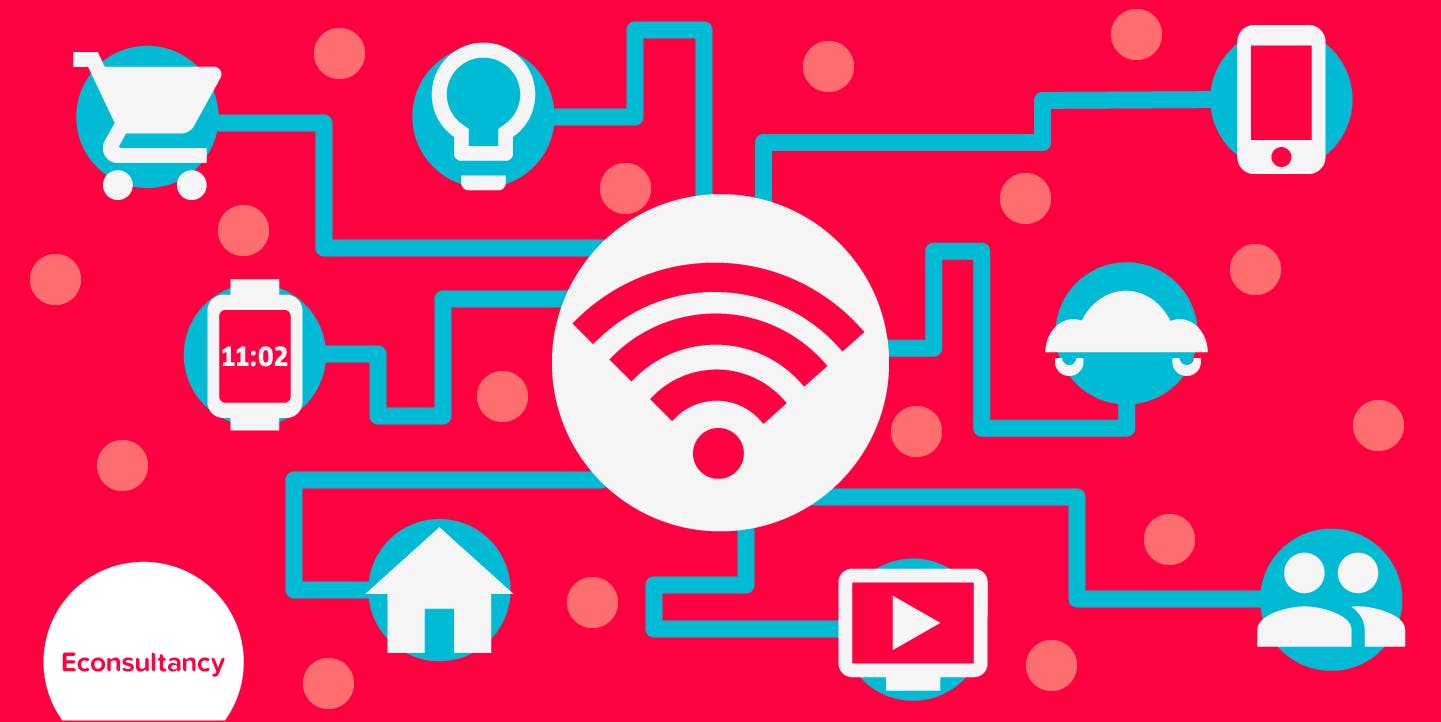Econsultancy’s ‘A Marketer’s Guide to the Internet of Things‘ delves into the subject in detail. Subscribers can download the full report, but in the meantime, let’s consider the possible impact on customer experience.
Pre-emptive customer service
One of the overriding benefits of the internet of things for marketers is the vast amount of data that can be harnessed from devices. Not only can this data help to inform wider product development, but it can also be used to create meaningful and personalised interactions with consumers 24 hours a day, seven days a week.
Alongside this, it also means that customer service will be able to evolve. If a non-connected device malfunctions, it would currently be up to the consumer to take action. Whether that means searching for a solution online, enquiring of customer service, or returning it to the manufacturer.
A connected device has the ability to pre-empt this through sensors that monitor the product’s performance. This means that if something goes wrong (or is about to) – the product itself could take the place of the customer, taking action to resolve the issue or offer help on how to do so.
One common example is when smartphones receive software upgrades to fix bugs. Another more impressive one comes from electric car company Tesla, which resolves problems in cars without recalling them to the dealership. For example, upon discovering that a charger plug was a potential fire hazard, it was able to fix the issue in 29,222 vehicles via a software update.
While Gartner predicts that 5% of customer service cases will be initiated by web-enabled devices via the internet of things this year, this is likely to increase exponentially in future as brands further integrate customer service infrastructure into connected devices.

Personalised & relevant interactions
The internet of things enables brands to play a much more important role in consumer’s lives – facilitating and enhancing everyday experiences.
Let’s take the example of a Samsung refrigerator. While a non-connected fridge certainly provides real value for consumers, it does not facilitate anything more than keeping food and drink fresh.
In contrast, a connected fridge like the Samsung Family Hub has the potential to play a bigger role in a person’s life, acting as an assistant for all aspects of food management. It allows owners to remotely see what’s inside their fridge, access recipes and other contextual information, and to even order food based on personal preferences.
In this sense, what was once a simple product becomes a fully-fledged service. In turn, this allows Samsung to forge a much more meaningful connection with customers (even if our editor is decidedly sceptical), as the brand is able to reach them continuously – not just after the product purchase – but multiple times a day.
Just ordered a late night snack for the kids only my “Super Samsung “ family Hub ! @SamsungUS Like really dope ! G pic.twitter.com/HpIN6Sf0gP
— G Garvin (@chefgarvin) November 26, 2017
Increased loyalty & advocacy
As a result of increased interaction with customers, marketers may be able to capitalise on the potential for increased customer loyalty.
Once a customer has parted with data and made use of it as a result, even with recent legislation such as the GDPR, they may feel more reluctant to switch to another brand and start afresh. We all know how it would feel to lose our Netflix history or FitBit data. This notion also extends to loyalty schemes, as a growing number of brands connect to wearable technology to enable users to collect and use points.
For example, Walgreens has long allowed FitBit users to earn points as they exercise.
NFC Chips means that brands of all kinds can create basic wearables, often for one-off marketing experiences. Bacardi is one brand that has done this before, allowing customers to access personalised drinks and VIP offers at events.

Ads and real-time marketing
There was a 30% rise in the use of ad blockers in 2016, indicating that a growing number of consumers are unaccepting of online ads. One would assume that consumers are resistant to ads on other connected devices, too, however, an IAB survey undertaken in the same year found that 65% of owners are open to the idea of ads here.
That’s not the whole story of course, as this ‘openness’ largely depends on there being a value exchange. In other words, consumers are only willing to receive ads on wearables as long as they do not disrupt the user experience – and that the message is contextually relevant. If so, ads could be seen as having a positive impact on CX rather than a negative one.
In a similar way, brands are also cottoning on to the potential for real-time marketing through connected devices. Disney’s MyMagic+ band is one great example. A wearable that allows users gain entry to rides, pay for merchandise and food in Disney Resorts – it also delivers timely marketing messages.
For instance, it will promote rides that visitors might have missed, remind them of photos they’ve yet to buy, and even display names on nearby connected screens. This means that while it is designed to enhance and streamline CX, it is simultaneously able to facilitate brand marketing in a positive way.
The latest personalization at WDW with MyMagic+ #wdw #disney #animalkingdom #mydisneyexperiece pic.twitter.com/9hIe0NbGtS
— TPU (@TPUJosh) April 18, 2016
For lots more on the internet of things, don’t forget to download Econsultancy’s comprehensive guide.
Now read:

Comments